Review: Asus PadFone X for AT&T
Jun 8, 2014, 7:00 PM by Eric M. Zeman
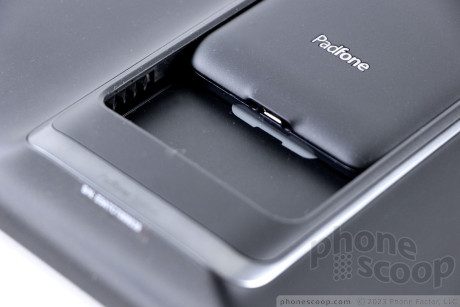
Asus' hybrid Android smartphone-tablet is an interesting device. It tries to be two things at once, but only does one thing really well. Here is Phone Scoop's full report.
Form
Is It Your Type?
The Asus PadFone X is really only for one type of person: He or she who wants to spend as little money as possible to own both a smartphone and a tablet. Otherwise, there's no sense in paying cash for this smartphone-tablet hybrid.
Body
The Asus PadFone X is both a smartphone and a tablet. It consists of a 5-inch smartphone and a separate tablet sleeve into which the smartphone fits. The smartphone can, of course, function perfectly well on its own, but the tablet sleeve cannot. The smartphone has to be docked in the sleeve in order for the tablet to work.
First up, the smartphone itself. The PadFone X offers flagship specs in a mid-range body. It's a large phone, or about the same size as the HTC One or Samsung Galaxy S5. I find it to be rather bland. It is a black slab that's made of plastic and glass. The front face is glossy and is framed by a gray rim. This rim angles down to form half of the side edges and has a brushed-metal look to it. The rim eventually meets the battery cover, which wraps around the entire back of the phone.
When viewed from the top or bottom, the PadFone X has a trapezoidal shape to it. Since the screen measures 5 inches, the smartphone is rather big. It doesn't help that the bezels above, below, and around the screen are somewhat thick. The front-to-back dimensions of the device are fairly chunky by today's standards. It will fit into a pocket almost as well as any other 5-inch smartphone will, though I noticed its presence in my pocket more readily than with other devices with a slimmer profile.
The build quality is decent, but the materials are not the finest available. The PadFone X is solid, but not too heavy. It's put together well: Seams are tight, the materials don't flex, and it feels strong. The quality doesn't match that of other leading devices — not even close — but it's not supposed to. Asus traditionally competes on price, not design.
Controls are kept to a minimum. The screen lock button and volume toggle are together on the right side of the phone. The profile of the screen lock button is rather slim, which makes it hard to find and use. Travel and feedback aren't all that good. The button requires a lot of effort to press. The volume toggle has a slightly better profile and slightly better feel to it, but not by much. Both buttons need to be better, especially considering they are the only ones. There are no control buttons on the front, as the PadFone X uses Android's on-screen button option. The microUSB port and docking pins are on the bottom, and the headphone jack is on top.
The back cover has a soft-touch finish to it, but is otherwise plain and simple. Pulling the cover off is extremely difficult and requires strong fingernails. You have to remove the back in order to access the SIM and memory card slots, which are built into the side of the phone.
Now for the tablet sleeve, which is officially called the PadFone Station. The Station is about the same size and shape as an Apple iPad Air, though it is much thicker and heavier. The Station alone weighs about 1.17 pounds. With the PadFone inserted it weighs a wrist-straining 1.47 pounds. At the thinnest point, the Station measures 12mm thick. At the thickest, where the dock for the phone is, it measures 20mm thick. Just for comparison's sake (for size reference only), the iPad Air weighs 1.05 pounds and measures 7.5mm thick.
The PadFone Station is rather unattractive to my eyes. There are stereo speakers on either side of the screen. The Station has a 9-inch display, but it practically gets lost in the sea of bezel that frames it. There's a full inch of black encircling the screen, which really doesn't do much to increase its appeal.
Like the phone, the Station is made of middle-grade materials. The front is all glass and manages to collect fingerprints as if they were going out of style. Most of the back surface is covered with a soft-touch finish similar to the phone itself. The seams are tight, but the whole thing feels … well, it sure doesn't feel like a high-end tablet.
The PadFone itself slides into the back of the Station. The dock could be much more snug. I found that the phone wobbled a bit inside the dock, (no matter how careful I was to press it in firmly.) In fact, I could envision the PadFone popping out of the Station with just the right amount of force. You have to be careful to orient the Station so it's facing up to keep the phone in place.
With the PadFone installed in the Station the combo is far heavier than any similar-sized tablet would be by itself. I've used tablets every day since 2010 and have come to expect them to be a certain size and weight. (For the record, I use an iPad and a Nexus 7 interchangeably, depending on my needs at the time.) Using the PadFone for casual browsing from the couch left me aching for a lighter, less-tiresome device. Worse, because of the bulge created by the actual smartphone dock, the Station doesn't rest firmly in place on a tabletop or other flat surface. This means it wobbles all over the place when you type something. It doesn't balance well on your lap, and I found the bulge difficult to adjust to. It's especially cumbersome when you want to share the tablet or pass it to someone else. You can't just hand it over, you have to make sure you hand it over with the right side up.
On the plus side, the Station has a built-in battery that can charge the smartphone while it's docked. There's a screen lock button along the top edge. It has a great profile, but is very stiff to use. The same is true of the volume toggle, which is on the left edge of the dock. The Station doesn't have its own headset jack. If you want to plug in, you have to use the PadFone itself. Thankfully the headset jack is accessible when the PadFone is docked.
It's important to remind you that the Station doesn't do a darned thing without the PadFone inserted. It's just a battery, cradle, and screen extender.
I really appreciate what Asus is trying to accomplish with the PadFone concept, but I find the combination too bulky and awkward to use. In other words, A for Effort, but D for Execution.
Performance
Screen(s)
The PadFone X has a 5-inch 1080p HD screen. It's an LCD panel and is fairly decent as far as high-def screens go. Colors are accurate and most elements on the screen are clear and sharp. I found the device somewhat difficult to use outdoors under sunny conditions, but it's plenty bright for indoor use. There's some brightness drop-off when the device is tilted side-to-side, but not too much; viewing angles are relatively decent. It's a good screen.
The Station stretches the screen from 5 inches to 9 inches, and ups the resolution from 1920 x 1080 to 1920 x 1200. The larger screen with (essentially) the same resolution means you're losing significant pixel density. It's acceptable to my eyes, but doesn't beat competing devices. Pixels are easily noticeable, and I found the Station needed the brightness setting cranked nearly all the way up even when used indoors. It's practically impossible to use the Station outdoors; sunlight obliterates it.
Signal
The PadFone X performed on par with other AT&T handsets tested throughout the greater New York City area. That means it remained connected to the network no matter where I took it, and I was able to make calls even when signal coverage was at its worst. It did take more than one attempt to connect calls in poor signal areas, though, and it dropped a couple of calls when switching cells. Data speeds were generally good on both HSPA+ and LTE. I didn't see much difference in speeds between the two networks, however, and things slowed down a little in weak coverage areas.
In case you're wondering, inserting the PadFone into the Station had no effect whatsoever on signal performance. It worked just as well in and out of the Station. The same goes for Wi-Fi, Bluteooth, and GPS performance. None of the radios were negatively impacted by the Station. On the whole, the PadFone performed just fine in the signal department.
Sound
The PadFone is not a good voice phone. Quality of calls passed through the earpiece are acceptable, almost bordering on good. There's little interference, but they sound a bit muffled to my ears. The problem is volume: there's just not enough of it. I really had to work hard to angle the earpiece into my ear to hear calls even in my quiet office. Calls are all but impossible to hear out in the real world. The speakerphone borders on useless. Call quality takes a significant dip when passed through the speakerphone. Voices were often patchy and cut out from time-to-time. Volume is the real killer. I could barely maintain a conversation in a dead-quiet room. It's simply not a viable option. Ringers are adequate and can get your attention when set all the way up, but if you leave them at 50% you might miss calls in loud spaces. The vibrate alert works well.
I was hoping the PadFone would automatically route speakerphone calls to the two, large stereo speakers on the front of the Station when docked. It doesn't. Instead, it still passes them through the anemic speaker on the back of the phone. What a lost opportunity. (Yes, I checked, there's no way to alter this behavior.)
The PadFone X is one of the first devices from AT&T capable of making calls using VoLTE technology. Unfortunately, VoLTE is only available in several markets scattered about the midwest. We were unable to test the PadFone's VoLTE capabilities.
Battery
Battery life is one of the PadFone's strong suits. Without the Station, the PadFone's 2,300mAh power supply had no problem delivering a full day of useful life no matter how much I punished it. If you find yourself in trouble, the PadFone includes a power saving mode that can be used to lengthen battery life by shutting down some aspects of the device, such as Bluetooth and so on.
The Station has its own 4,990mAh battery and charges the PadFone when docked. On days when I came close to draining the PadFone's battery, it was no problem at all to drop the phone into the Station and watch it charge back up even while I used it. You don't need to worry about battery life.
Basics
Menus
The PadFone X runs Android 4.4.2 KitKat with a moderate user interface skin from Asus. The basic Android behaviors are unchanged. The lock screen includes several handy shortcuts, including the camera, email, and messaging apps. The device can be protected by a password, pattern, or PIN code. You can open the camera without being bothered by these security measures, but if you try to do anything else you'll need punch in the right combo.
The PadFone X has three active home screen panels out of the box, which can be customized and altered however you might wish. The main menu is the usual grid of apps. I like that it makes it easy to sort between all, downloaded, and frequently-used apps. The app menu also has a link to the App Store and tools that allow you to hide apps from view. The settings menu is standard Android, though with an Asus color palette.
The one unique thing about the user interface is perhaps the notification shade. It functions the same, but Asus made it look all sorts of pretty with nice colors, fonts, and icons. Truly, it looks nicer than most other notification shades.
When dropped into the Station, the PadFone's home screen switches from portrait to landscape orientation, but otherwise keeps the apps, widgets, and other settings intact. For whatever reason, the lock screen widgets vanish when the PadFone is used in the Station. Otherwise, everything else is the same — only sideways.
The PadFone X is the first smartphone I've seen not run smoothly with a 2.3GHz quad-core Snapdragon 800 processor under the hood. Whatever the reason - be it Asus' code, or the overhead required to handle the Station - the PadFone often stutters and feels bogged down. I noticed plenty of lag all over place, with slow apps, slow multitasking, and crashes both when docked and when not docked. (Asus did tell us the review units are pre-production, so perhaps the bugs have since been worked out.)
The bulk of apps work equally well when used on the handset or on the tablet. There was some crashiness at times when pulling the handset from the tablet, and not all apps were perfect in landscape mode, but Asus did as well as it could to adjust the phone apps for the tablet's screen.
Call and Contacts
The PadFone X doesn't stray from the stock communications tools at all. The phone app has its own look thanks to Asus's UX, but the underlying code and functionality are identical to most other Android handsets. It's easy to set favorites, add and manage separate contact databases, and call those people with a single press.
The contact application is the stock app with the blue-on-white appearance that Google has favored for several years. The PadFone includes the usual battery of widgets for accessing your besties from the home screen. You can make calls whether or not the PadFone is docked in the Station.
Messaging
Only Google's messaging apps are installed on the PadFone. It includes the Gmail and email apps, the old messaging and newer Google Hangouts apps, and Google+. The older messaging app is the default for SMS out of the box, but you can switch it up to the Hangouts app if you want. Oddly, AT&T hasn't added any of its own messaging apps to the PadFone X.
It is nice to have the Station available for typing emails on the larger display, but stick to the handset only — since it supports Swype — for short messaging.
Extras
Media
The PadFone X covers the basics as far as media is concerned. The age-old Google Play Store and associated apps on on board. So is the Android YouTube app. They function as you'd expect them to. AT&T managed to leave its radio and live TV apps off the PadFone, thank goodness, but there are a couple of extras.
First is Beats Music. The Beats Music app is the only streaming music service installed on the phone. It's actually a very good service (rivaling Pandora and Spotify), and offers an incredible selection of music.
The PadFone also includes a tool called AudioWizard. This app will likely be ignored by most people save for audiophiles. It lets you create individual audio profiles for all the different media apps on the phone, including the music player, YouTube, video player, and so on. It's fairly intuitive and let me dial in settings that made my music sound how I want it to sound. Score.
For my money, video looks better on the PadFone itself than it does through the Station. The tighter pixel density and better brightness of the handset's display makes a huge difference to me. I mean, if size trumps quality in your book, then go ahead and watch your movies on the Station. However, I found the PadFone+Station too heavy to hold for long. There's no way I could watch an entire two-hour movie with the PadFone.
Camera
Asus appears to have borrowed a page from Samsung when it comes to the camera app. To my eyes, it strongly resembles the shooters created by Samsung for devices such as the Galaxy S 4. That aside, the camera app is brimming with tools, functions, and settings for maximizing the potential results.
The basic viewfinder is chock full of buttons and controls, almost to the point of distraction. A strip of icons runs down the left edge of the screen. These let you toggle the flash, user-facing camera, as well as select filters, and the full settings. On the right edge, you'll find separate buttons for capturing pictures and video, allowing you to take pictures when recording video if you want.
There are also buttons for different shooting modes. There are nine shooting modes: normal, HDR, panorama, beautification, night, smart remove, all smiles, GIF, and selfies. These all work as you'd probably expect them to. The “smart remove” feature lets you edit out photo-bombers, provided you were prescient enough to turn on smart remove in the first place. The settings tools are fairly typical and none really stand out as unique. Instead, the PadFone offers all the same tools found on most of today's flagship devices.
The camera operates quickly enough. I didn't notice any performance problems. Further, the camera works exactly the same when the phone is docked in the Station.
Photos
The PadFone X has a 13-megapixel sensor and I found picture quality varied widely. Pictures taken outdoors, especially under a sunny sky, were consistently good. Focus, white balance, and exposure all came together in a pleasing combination with a bright yellow sun overhead… most of the time. Every now and then the PadFone just completely borked everything despite nearly perfect conditions (see red flower below). The PadFone doesn't have a dedicated camera button, but does let you choose what part of the scene you want the phone to focus on. Indoor shots are not quite as awesome as those taken outside and are more prone to be borked. Grain litters images like a PhotoShop effect run amok. The flash helps every so often.
Video
Asus was thinking ahead — perhaps too far ahead — by including 4K video capture on the PadFone X. Unless you have a 4K TV at home, skip it and stick to 1080p HD, which offers plenty of resolution for the average video maker. I was generally pleased with the PadFone X's video. The results were consistently better than those achieved by the camera, with focus, white balance, and exposure accurate most of the time. Most people can rely on the PadFone X to capture the bulk of their video.
Gallery
The PadFone's gallery app is a variant of the standard Android gallery app. It has all the same features, but looks slightly nicer thanks to the fonts/colors picked by Asus. I didn't have any trouble managing my various photo albums (camera roll, online, Facebook, etc.) or editing/sharing individual photos. You can apply some basic edits, such as crop, rotate, red-eye reduction, and use filters to adjust the tone of your photos. The Google-made Photo+ app is not installed. The PadFone also includes the aging Movie Studio app for piecing together videos, if you wish.
It is handy to be able to plop the PadFone into the Station for viewing photos and short videos on the larger screen, I'll give the PadFone that.
Apps
Holy Zombies are there a lot of AT&T apps preinstalled. Such bloatware, much wasted space. You can hide the apps, but not uninstall them. The only useful ones, in my opinion, are Drive Mode, Mobile Hotspot, and the Usage Manager, which lets you view data, battery, and storage statistics. I can do without Yellow Pages, Family Map, Locker, Ready2Go, Digital Life, and others.
Bluetooth
The PadFone X supports a typical set of Bluetooth profiles, and I didn't have any trouble connecting it to other phones, tablets, PCs, and speakers/headsets. I was able to pass phone calls to my car's hands-free system, but it was hardly worth the effort. Call quality was atrocious. Music sounded excellent when passed to my favorite Bluetooth speaker, though I've heard better. (The PadFone X doesn't support the highest-quality stereo Bluetooth profile, sadly.) Otherwise the Bluetooth radio didn't offer any surprises.
Browser
The PadFone includes the stock Android browser and Google's Chrome browser. Both are decent for browsing the web, though I tend to prefer the tools and functionality of Chrome. Web pages in the stock browser look more or less the same and load in about the same time as they do in Chrome. Browsing is quickest over Wi-Fi, but also still reasonably good over AT&T's wireless network. Having the large screen of the Station available for browsing is definitely a bonus.
Clock
The PadFone has a large, white digital clock at the top of the lockscreen. The clock also includes the weather. As far as I can tell, there's no way to change or alter the clock's appearance. It's plainly visible most of the time, except under the brightest sun.
GPS
Surprisingly, AT&T left AT&T Navigator off the PadFone X. The phone has but Google Maps for navigation and location-based searching. Of course, that's not a problem, given Google Maps' prowess at these tasks. The PadFone's GPS radio worked well with Google Maps and was able to pinpoint my location quickly and accurately.
Wrap-Up
The central question posed by the PadFone's existence is can a single device serve as both a smartphone and a tablet. The answer is yes, but not without compromises.
You can quite easily carry around the PadFone's handset by itself and be happy with the product in your pocket. The phone has decent build quality, a good screen, reasonable network performance, and excellent battery life. The UI is intuitive and should be familiar to anyone with knowledge of Android. The messaging tools function well, and the media powers are sold enough. It's a pity that call quality is so iffy.
The tablet, or Station, does require a handbag, backpack, or at least some space in the back seat of your car to lug about. It serves to expand the size of the screen for some tasks, such as browsing, viewing photos, or watching videos. For my money, though, the bulk and quality of the screen - or lack thereof - make the PadFone X a dubious purchase. I am much happier to carry around a separate smartphone and thinner, more manageable tablet.
The question then boils down to economics. If you have a limited budget and only want to pay for a single data plan, then the PadFone X makes more sense. The device costs $200 on contract and can be paired with AT&T plans that start around $50 or $60 per month. I'll always use separate devices, but I can see how the PadFone X might work for some people.
Comments
Thanks for this review
You didn't specifically say so, but it sounds like SD card access is cumbersome at best, if not impossible, while docked. Also, I don't like how wobbly the phone is inside the dock or how wobbly the dock itself is (maybe they should have included a kickstand) or how the phone can easily slide out if the tablet is held the wrong way. I wouldn't mind the weight and bulk so much if the whole thing was sturdy and cohesive.
It also sounds useless for outdoors use, a setting more naturally acclimated to tablets.
Hopefully ASUS will iron out the problems over the next couple years. Thanks...
(continues)


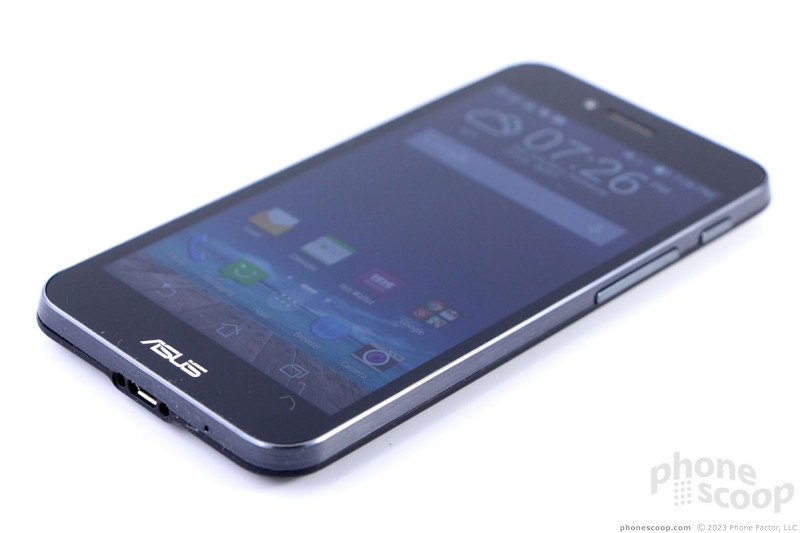













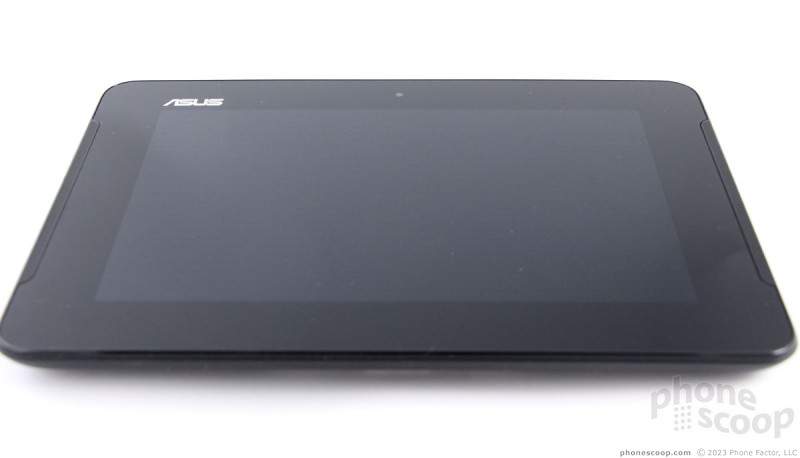


















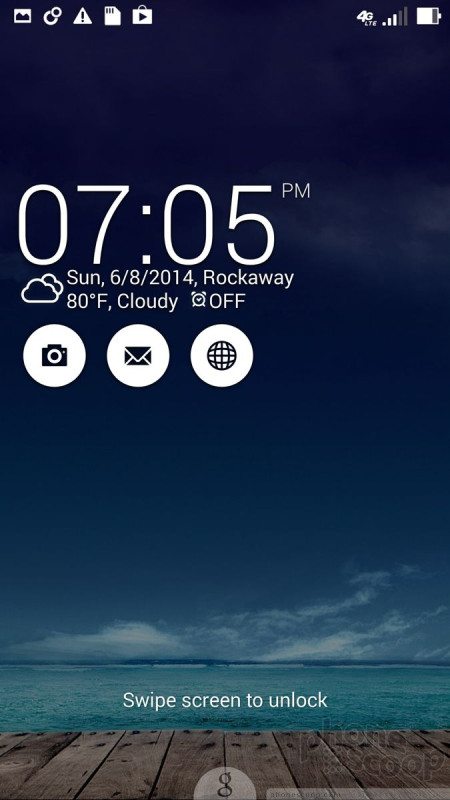









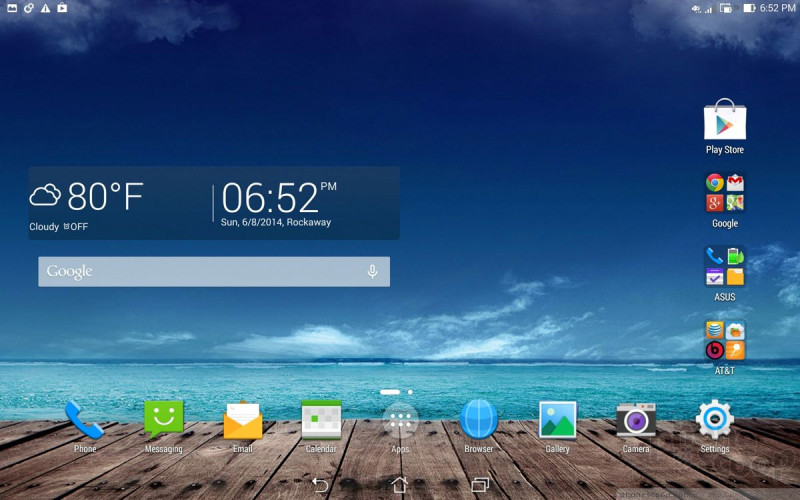







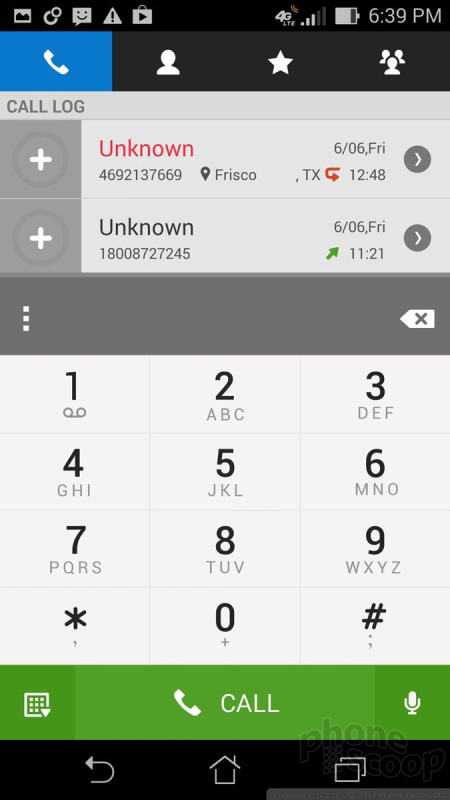



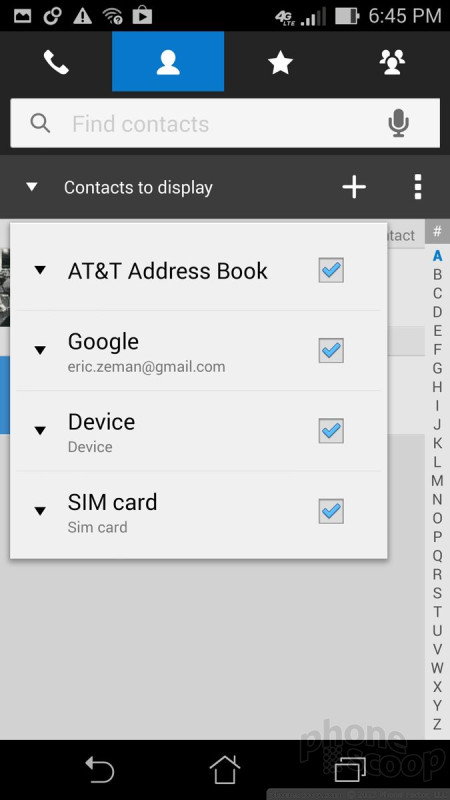









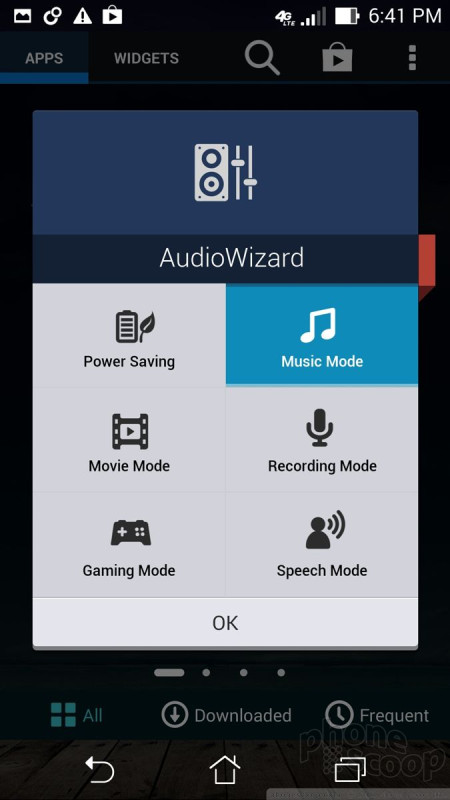





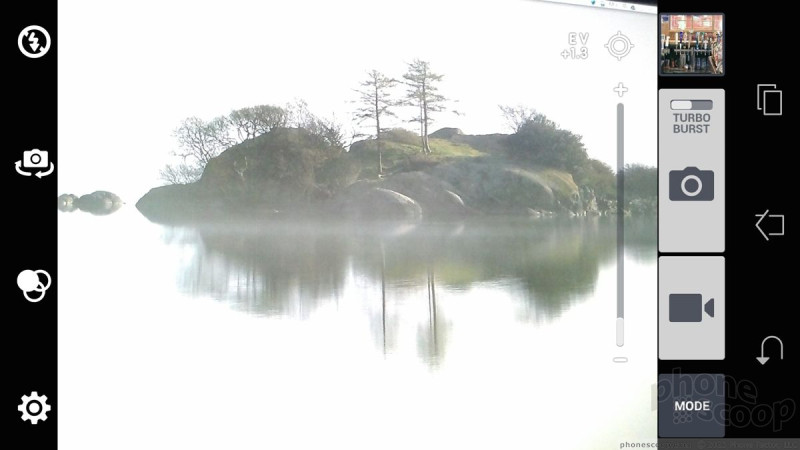




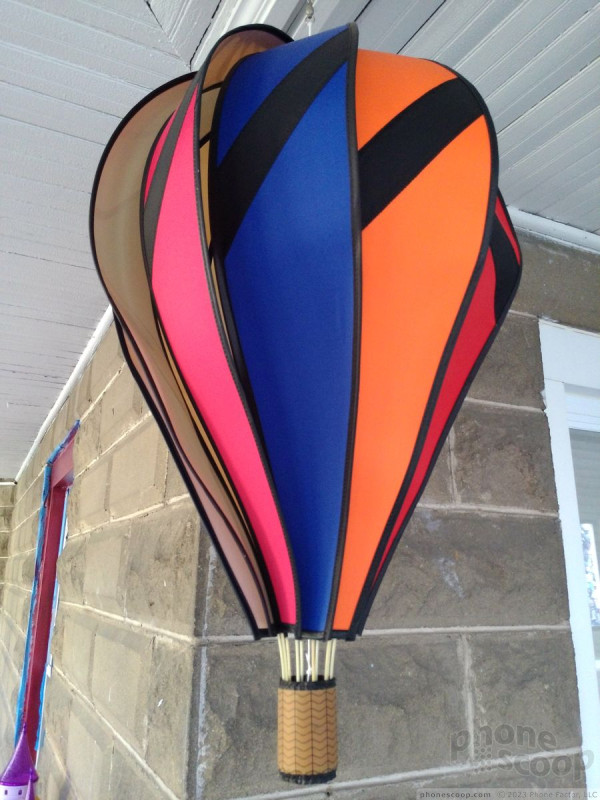











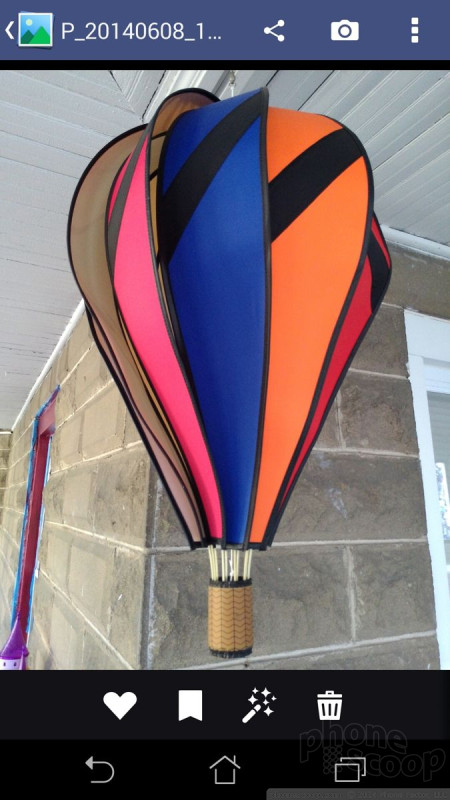















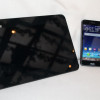 Hands-On: Asus PadFone X
Hands-On: Asus PadFone X
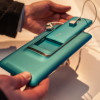 Hands-On: Asus Padfone Mini, PadFone X
Hands-On: Asus Padfone Mini, PadFone X
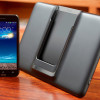 AT&T to Sell Asus PadFone X June 6 for $200
AT&T to Sell Asus PadFone X June 6 for $200
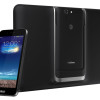 Asus PadFone X to Reach U.S. Consumers Thanks to AT&T
Asus PadFone X to Reach U.S. Consumers Thanks to AT&T
 Asus PadFone X
Asus PadFone X




